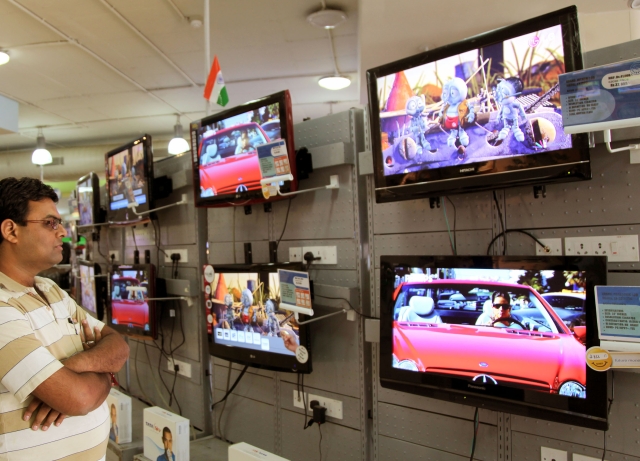The IRS study also revealed that there were 183 million TV homes back at the end of 2017 and the number was increased to 197 million at the end of 2018
Trai tariff regime in the broadcasting industry has caused major disruption as several subscribers complained increased TV bills which did not go well the regulator itself. It’s expected that the Television Subscriber Base in India will be decreased owing to the sub-par implementation of the new tariff regime. However, that seems to be not the case, according to a new report by IRS Study.
According to the study, TV homes grew by two million to 194 million in Q2 2019, from 192 million in Q1 2019. Trai’s New Tariff Order (NTO) came into effect on April 1, which is at the start of the second quarter, so clearly, two million new TV homes were added during the period. This news comes at a time when Trai itself admitted that the tariff order requires some changes which will help the subscribers restart watching TV from their Cable TV or DTH connection.
TV Homes Continue to Grow Despite Increased Bills Under New Tariff Mandate2019 will be marked as a disruptive one in the Indian broadcasting industry. The Trai tariff regime irked a lot of users switch their DTH or Cable TV connection with an OTT app subscription and a high-speed broadband connection. More than 50% of the subscribers complained of increased TV bills under the new tariff mandate, but for some, it actually reduced the overall bill.
The IRS study also revealed that there were 183 million TV homes back at the end of 2017 and the number was increased to 197 million at the end of 2018. However, before the Trai tariff mandate became effective, TV Homes were reduced to 192 million in Q1 2019, only to increase by two million in Q2 2019, after the Trai mandate came into effect. While everyone is assuming that the Trai tariff regime has just created a mess in the broadcasting industry, this IRS study reveals another side of the story as more TV homes were added during the same period. It will be interesting to see going forward how the subscriber base grows.
Trai Likely to Bring Variable NCF in the Coming Weeks
One of the major complaints from the television consumers regarding the new tariff regime was the Rs 153 NCF charges. In the previous regime, there was no such mandatory Network Capacity Fee, but Trai has implemented something new which didn’t go well the subscribers. The overall aim of the new mandate is to bring transparency, which in Trai’s view is successful, but in the television consumer’s view, it isn’t. Thanks to the Rs 153 NCF charges, even if a subscriber chooses one a-la-carte channel, then the overall price comes over Rs 170 per month, which isn’t acceptable.
In the consultation paper released recently by Trai to modify the tariff regime, the regulator said it discussed various new things like variable NCF depending on regions, discounts on long-term channels packs, and reducing the count of bouquet packs for television subscribers. The new changes will become effective in the coming weeks, post which we might see some positive response from the subscriber as well.
